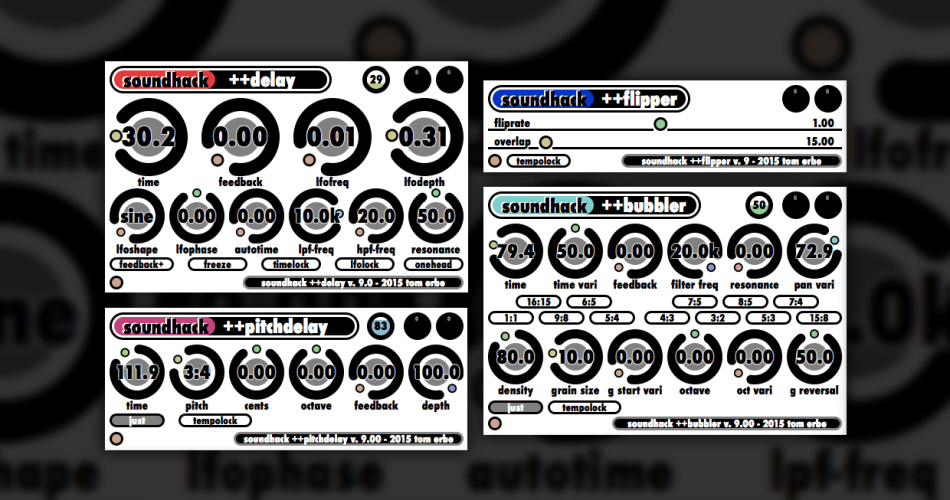

As a result, Mac MIDI software is rare, especially freeware or shareware.īut it does exist. This tends to put amateur programmers like myself off a little bit, because it requires a large investment of time to get to grips with. Instead of simple reads and writes, there are complete protocols to be negotiated. Things get more complicated if you want to use the Apple MIDI Manager, and even more taxing if you want to use Opcode's OMS or MOTU's FreeMIDI. Persuading MIDI bytes to appear at a standard Mac MIDI interface requires a little bit more programming, and in a Mac there's always a set way of doing things through an Apple‑defined interface. On the Mac, things are slightly different. And as a result, lots of people, myself included, wrote lots of MIDI software for the Atari ST. You needed to change a few variables here and there to alter buffer sizes, but it wasn't difficult at all. On an Atari ST, you wrote bytes to a location and they appeared at the MIDI Out you read bytes from another location and they were received at the MIDI In. Perhaps some of the problem lies in the way that the Mac does MIDI. And unlike the Atari ST, the Mac has never had much MIDI freeware and shareware written for it. In 10 years we've gone from simple intuitive tape recorder emulations to extremely sophisticated Digital Audio and MIDI sequencers which are so complex that they can require days of learning before you become competent at using them. They asked if I knew of any freeware or shareware MIDI sequencers for the Mac, because they had searched around and found only one, which seems to be less than perfect. It all began with an email from a reader. Getting started with FScape from Sciss on Vimeo.Why is no‑one giving Mac sequencers away for nothing? Martin Russ dives into the sobering world of shareware and freeware. The following 14 minute screencast should allow you to get started with FScape: a sound could be first translated into the Fourier domain before applying other algorithms which you would normally reason about in the time domain, or processes could be repeated over and over again). At the same time, the repertoire is virtually unlimited, as the modules can be combined in ever new ways (e.g. FScape is used by composers worldwide and is also suitable for teaching, as the basic setup is fairly simple and some modules quickly provide rewarding results with minimum prior knowledge. For instance, in my piece «Inter-Play / Re-Sound», parts of the past improvisation – which is record continuously – are picked out, transformed and re-injected, after only a few seconds of processing, as new material for the ongoing piece.Īlthough many modules have close relationships with particular pieces I wrote, they nevertheless form a universal toolkit for any work on concrete sounds. There are many processes, however, which run hundred times faster than real-time, opening intesting applications for the embedding (using an OSC interface) of FScape in real-time improvisation or installations. This allows on the one hand to access the sounds in a non linear fashion, but also facilitates complex calculations which even today would not be possible in real-time speed. "resource-rich and highly recommended for anyone looking for some wild ways to bend, fold, spindle, and mutilate audio." (Dave Phillips for Linux Journal)įScape received the 2014 LoMus award of the Association Française d’Informatique Musicale (AFIM).Ī peculiarity is the fact that all modules operate in non real-time. The sounds I'm getting out of it so far have been killer.

"It feels like a cross between SoundHack, Syd, and Argeiphontes Lyre. Highly useful within sound design." (filmcrewpro) "Can be used to manipulate audio into weird and wonderful sounds. Many of the processes and their ways of parametrisation are unique.

From simple utilities such as separating channels, normalising, cutting and splicing sounds, through various DSP and filtering algorithms to more complex algorithmic units which take a sound, analyse it, and rearrange it in new forms. Today FScape consists of around fifty independent modules for rendering audio files. Originally it started as an extension to Tom Erbe's SoundHack, providing 'spectral operators'. It leads like a red thread throughout my musical work, by conceiving sound as a 'clay', a flexible, sculptural mass. The development of FScape began in the year 2000 (happy 14th anniversary!).


 0 kommentar(er)
0 kommentar(er)
